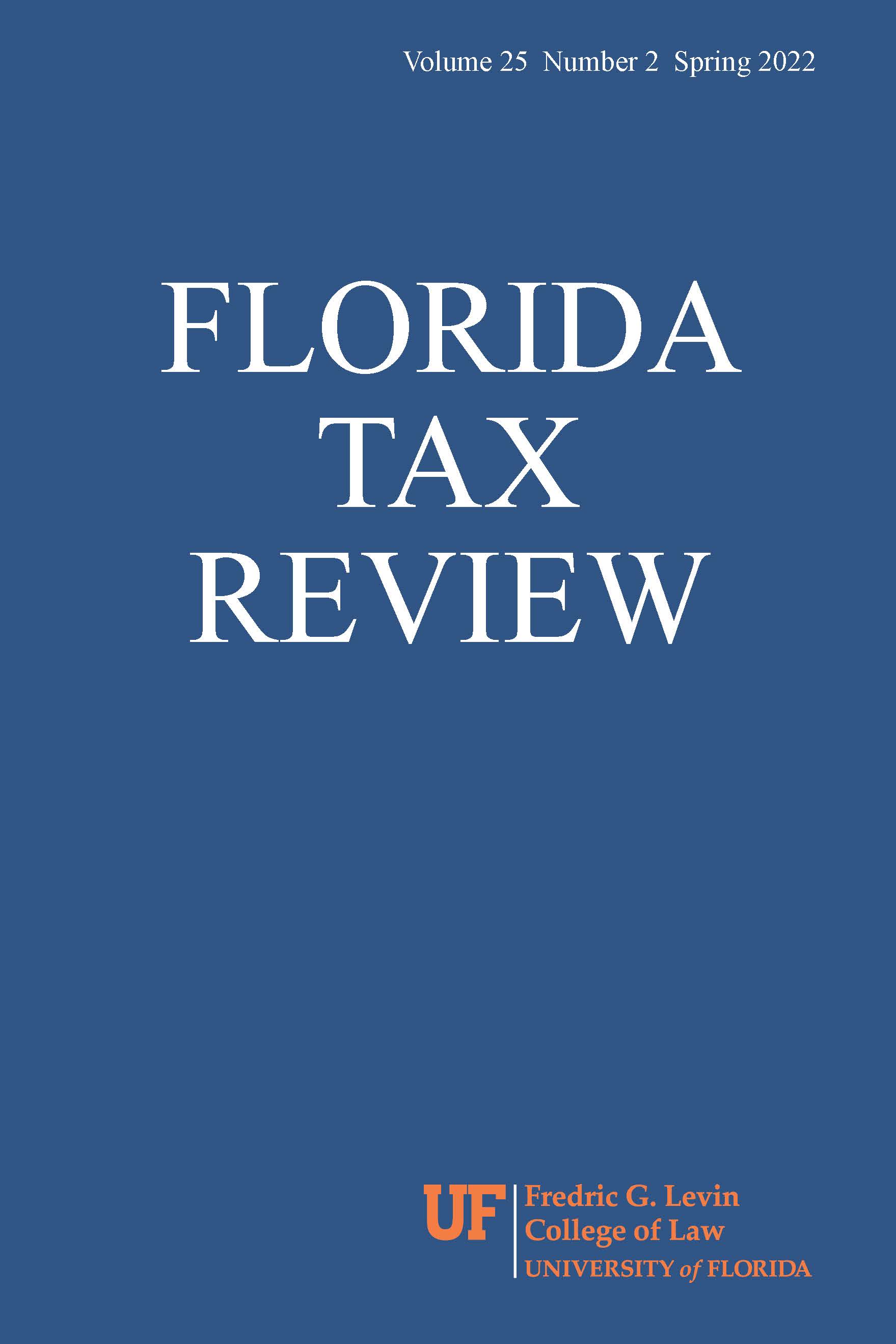Lost in Translation Excess Returns and the Search for Substantial Activities
Main Article Content
Abstract
Since 2010, international tax policymakers have proposed a variety of minimum taxes on excess returns, but every proposal has defined excess returns differently. This Article asks what excess returns are supposed to represent—and concludes that the answer is very different from what policymakers have suggested.
The trend of targeting so-called excess returns started in 2010 with a one-page idea in the Obama Treasury’s proposed budget. Over
the next decade, this idea became the basis for one of the major international tax reform provisions in the 2017 U.S. tax reform and is now being considered as part of Pillar Two of the OECD’s current digital tax project. The idea in question is a minimum tax on foreign excess returns. Yet even though the general idea of a minimum tax on foreign excess returns has stayed the same across administrations and jurisdictions, the specifics of this idea have changed with every iteration, and the proponents of this idea have justified each version differently and defined its various elements differently.
This Article tells the story of the many recent proposals for minimum taxes on foreign excess returns, starting with the Obama Treasury’s brief proposal and ending with the OECD’s two-pillar solution to the challenges of the digital economy. This Article highlights the common threads that link all of these rules, and it also shows how differently the drafters of each rule have understood the purpose and design of a minimum tax on foreign excess returns. This Article argues that, despite claims by the policymakers advocating for these minimum taxes, none of these taxes on excess returns is supported by the economic theory of excess returns. Instead, policymakers are using the term “excess returns” to mean different things in the context of different proposals, and they are masking the policy choices they are making by using a term that appears to have support in the economic literature.

